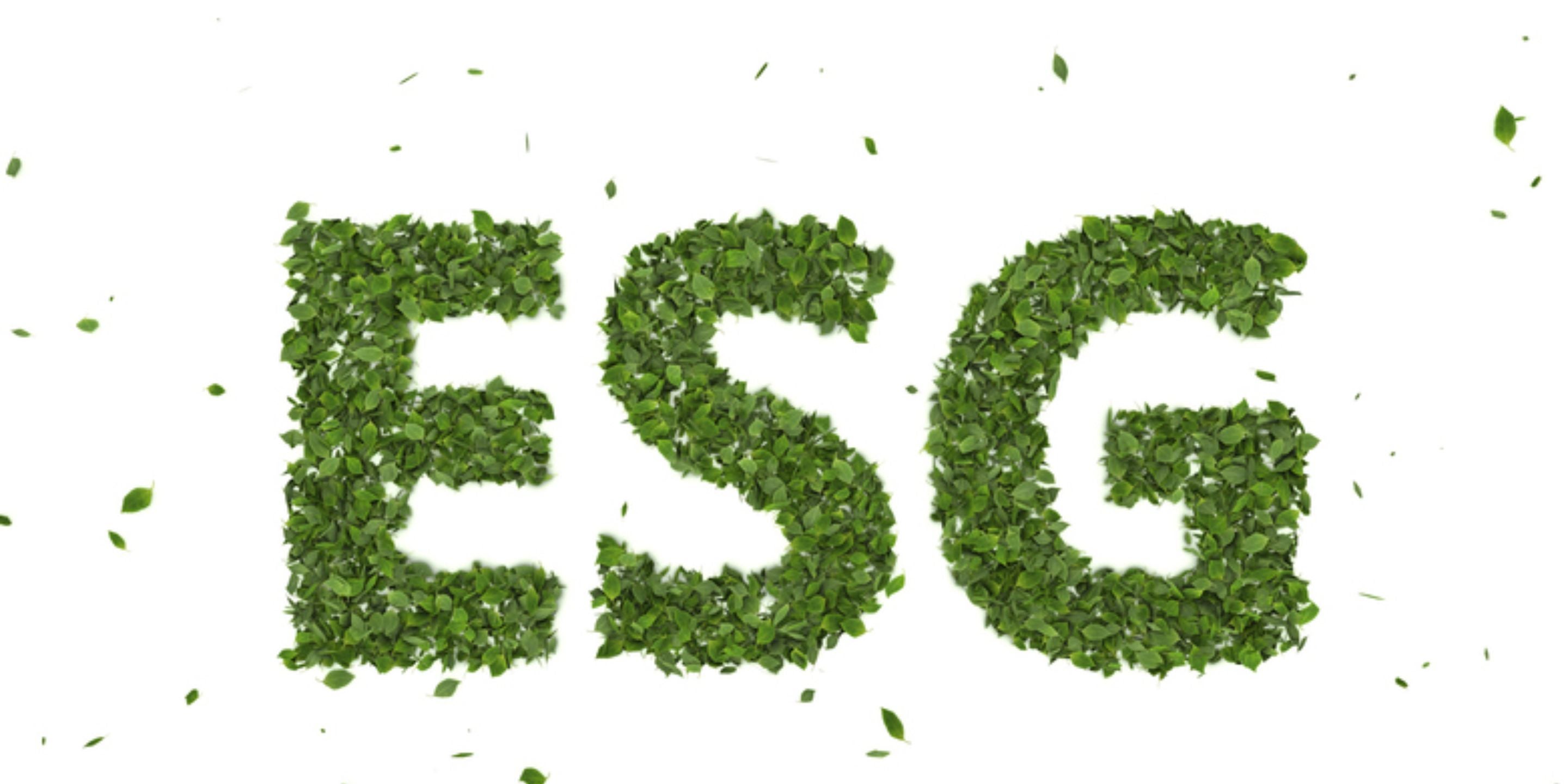Sustainability has become an increasingly important priority for many industries this year. For metals and mining companies, decarbonisation has become a hot topic throughout the value chain as a result.
A recent surge in awareness around environmental, social and governance (ESG) issues has filtered through to many industries via regulations and government targets, as well as investor pressure and consumer demand. As in many other sectors, metals market participants are responding by netting emissions via credits or other offsetting initiatives, and by launching projects such as reforestation programmes.
The proliferation of green metals in markets including steel and aluminium offers a more direct route as producers reconfigure their processes to reduce carbon footprints. To avoid a potential 14% drop in value, global steel producers, for example, are exploring biomass, carbon capture and storage and other technologies to reduce emissions. As in many other industries, green hydrogen is also increasingly cited as a potential solution for metals, once the industry has scaled. Recycling metals like aluminium and copper can reduce emissions even further.
The trend towards sustainability in the metals markets has been gradual until quite recently. Pierre Labat, Senior Vice President, Chief Strategy, and Sustainability Officer at aluminium company Novelis, told HC Insider that it has “rapidly risen to the top of the priority list for our customers and the aluminium industry as a whole” over the past two years.
Now, it seems the pressure to decarbonise metals production is coming thick and fast from all sides. “We have seen an uptick in green initiatives and requests from customers and business partners, compared to even a year ago,” says Thyssenkrupp’s Head of Non-Ferrous Metals (Al, Ni, Sn) Sascha Ewert.
The fact that the pressure to be green is reverberating throughout the metals value chain can be seen in the many sustainability announcements made in recent months: from mining company Rio Tinto’s partnership with South Korean steel producer POSCO, to Alvance’s £94m expansion plans that could double green aluminium production at its 40,000-tonne smelter in Scotland by 2024.
Aluminium production is extremely energy intensive. Producers such as Rusal have used hydropower to create low-carbon aluminium products in recent years, limiting emissions to between four and seven metric tons per ton produced. Rusal expects green aluminium sales to reach 3.5 million mt/year by 2025, or 80% of its total sales.
Consumers, investors and governments may welcome greater use of renewable generation such as hydropower, but this type of generation also affects the environment. Boris Santosi, director, marketing at Middle Eastern, natural gas powered aluminium smelter Alba, says these additional impacts need to be considered in any discussion of low-carbon metals. “Driving the low carbon argument to the hilt could actually cause more unintended environmental consequences which are more severe in the short-term,” he says.
Santosi is concerned that by focusing on emissions only, the contribution metals like aluminium could make to the energy transition might be obscured. “Aluminium is competing with steel, plastics and other materials, but ultimately it is extremely important to the energy revolution – for example, electric vehicles need such lightweight materials,” he says.
Labat also points out the role recycling aluminium could play in creating a low-carbon, circular economy. “Attaining a truly circular economy will be a challenging journey for any material type and needs to take into account a product’s full life cycle,” he says. “That being said, aluminium is infinitely recyclable, highly durable and retains its properties indefinitely, making it the perfect candidate for a circular economy.”
Prices need to remain competitive, however. Producers must balance demand for green metals with buyers’ willingness to pay a premium to signal their environmental credentials or comply with new regulations in sectors such as the auto industry. “A big price increase could lead to a substitution process,” says Ewert. “Could another product or material be used instead if these green metals become too expensive?”
Santosi certainly believes this is a consideration for aluminium. “We are in danger of taking a metal that is making very good overall contributions to sustainable development and demonising it for its carbon emissions,” he says. “It will take a lot of innovative thinking to break through that.”
So, is the need for such innovative thinking likely to impact recruitment trends across metals markets? While market participants generally have not yet seen this materialise as a major trend, sustainability-related skills and knowledge are becoming more valued by those at the cutting edge.
In fact, even well-established industry figures are adjusting to the shift ESG awareness has brought to the market. Santosi, who is currently undertaking postgraduate studies in sustainability, says: “A few years ago, I wouldn’t have thought I’d have to do this, but 50% of my discussions are now about sustainability and decarbonisation. When you’re engaged in a battle of ideas with competitors, in front of customers – and increasingly regulators – it’s becoming very important to not only be commercially adept, but to also understand the history, philosophy and language of sustainability.”

